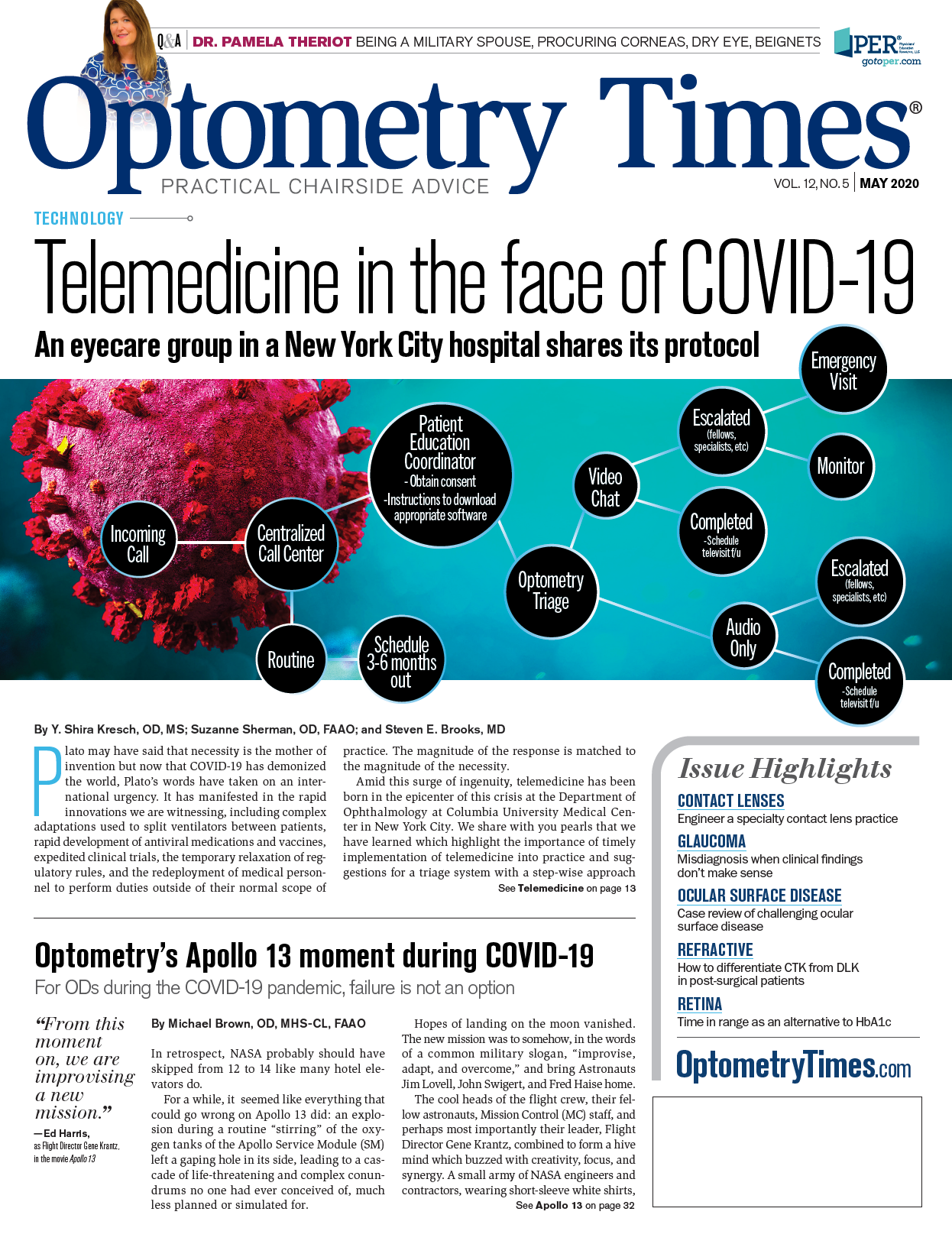Key elements to know about MIPS in 2020
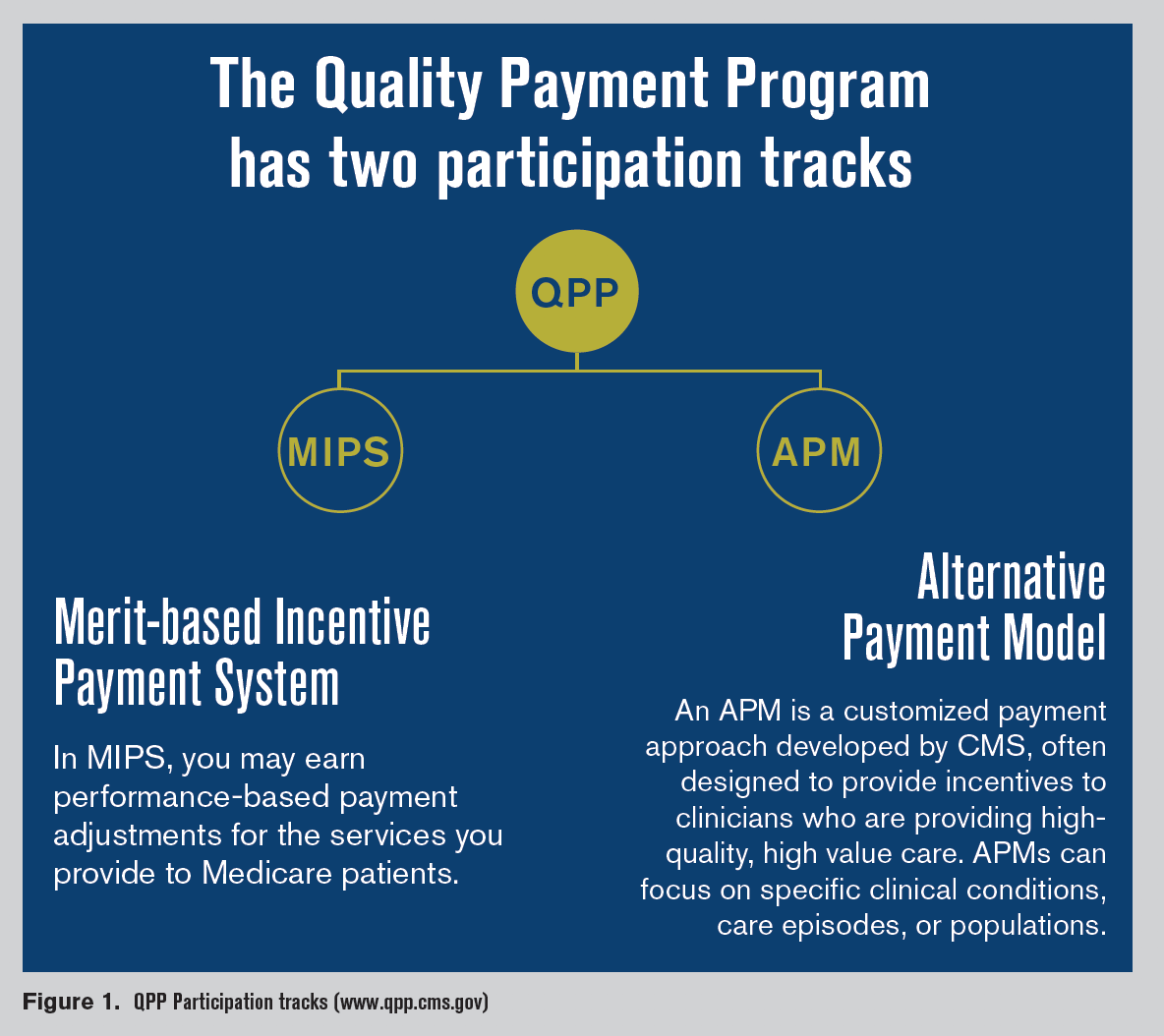
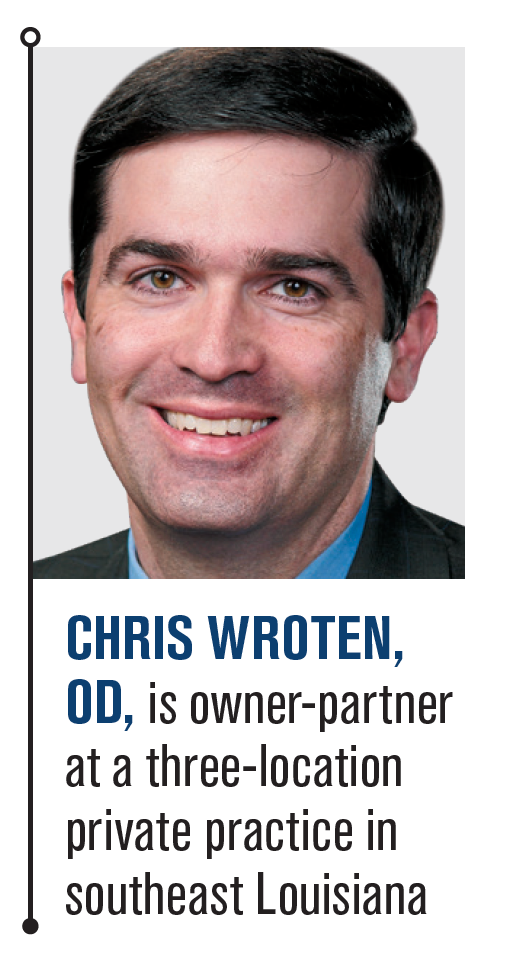
Table 1
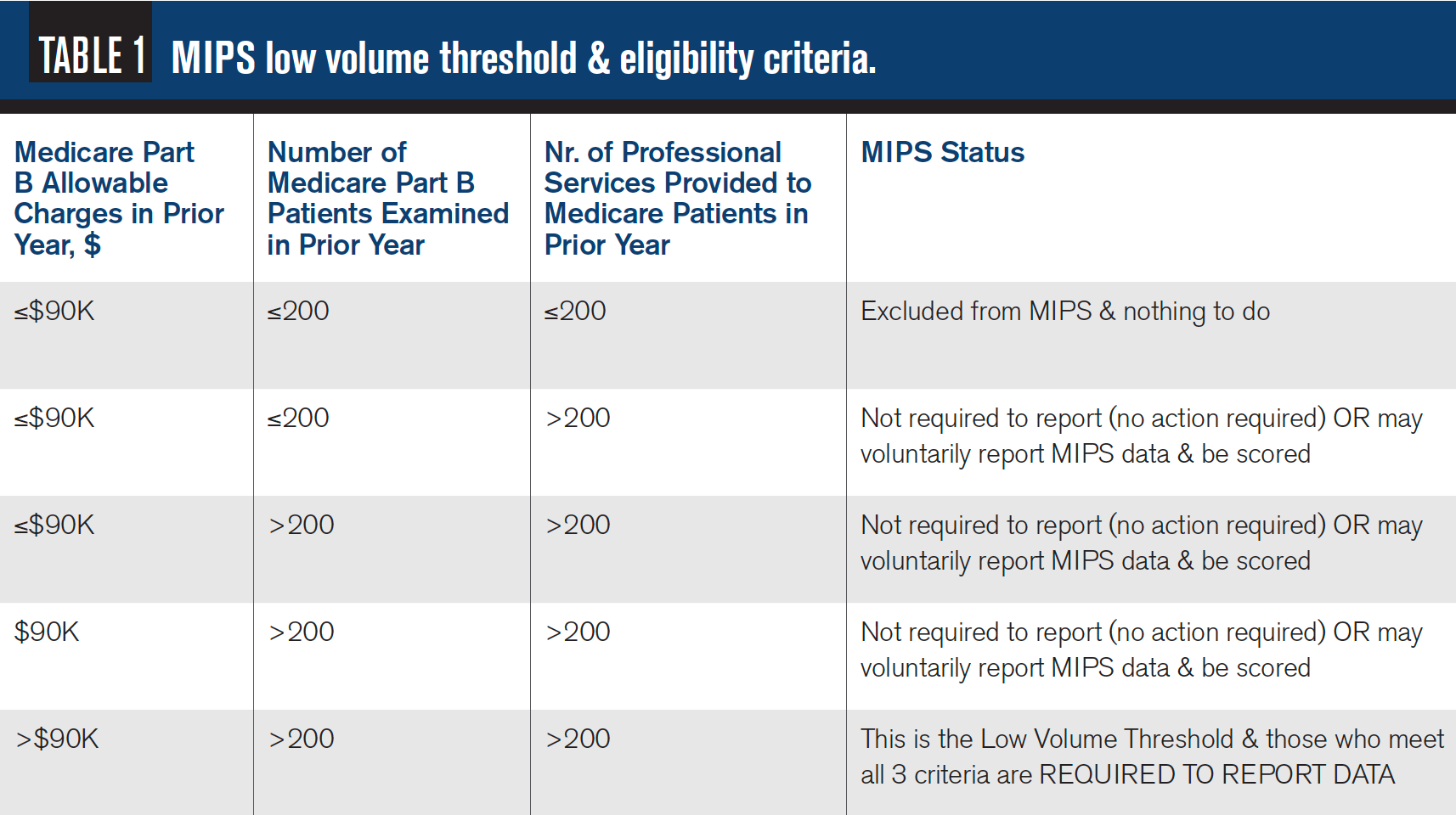
Figures 2, 3 and 4
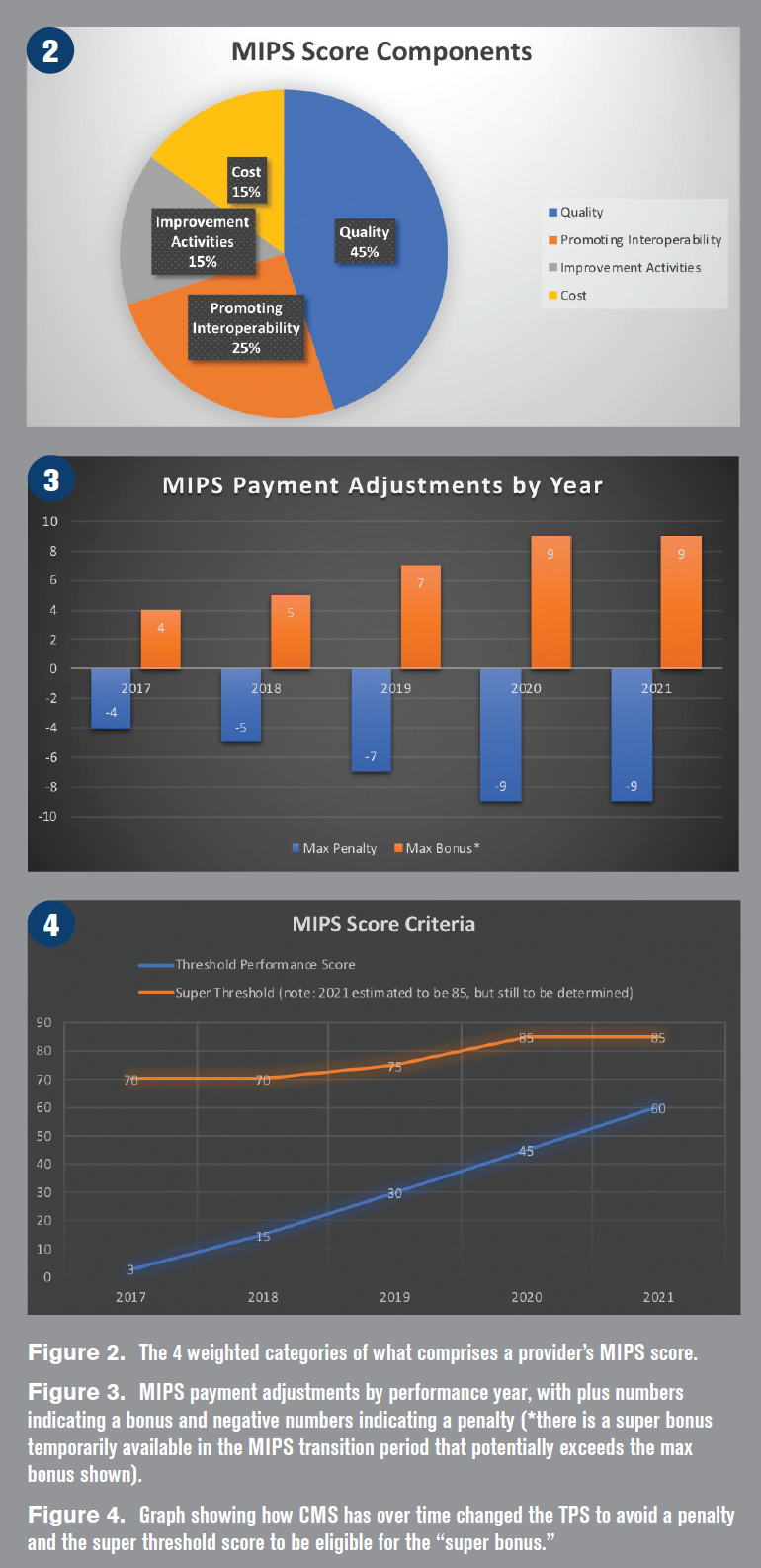
You may not realize it, but as of 2020 there is now only one way to increase Medicare reimbursement rates, barring Congressional intervention. Let’s review how we got here and what can be done.
In a rare instance of bipartisan support, Congress overwhelmingly passed the Medicare and CHIP Reauthorization Act (MACRA) in 2015, which effectively ended the flawed Sustainable Growth Rate formula (SGR) for determining Medicare’s physician reimbursement schedule.
The SGR for years had repeatedly forced Congress’s intervention to prevent draconian cuts to the Medicare physician fee schedule, with providers often asked to hold claims until the legislative fix was passed or submit claims for reimbursement at reduced rates, then track and wait for the claims to be adjusted once the legislation was approved.
No one practicing at the time was sad to see the SGR go. MACRA also provided for an annual Medicare physician fee schedule increase of 0.5 percent per year for every year through 2019.
Related: Optometry’s Apollo 13 moment during COVID-19
Quality Payment Program (QPP)
You probably also now know that MACRA forced the Center for Medicare & Medicaid Services (CMS) to enact regulations to create a new physician payment system, called the Quality Payment Program (QPP). QPP has two options through which all Medicare providers may be paid (Figure 1):
1. The Merit-Based Incentive Payment System (MIPS), which is the default program for all providers
2. Alternative Payment Models (APMs), which have very specific eligibility criteria, of which very few specialty providers, ODs, are currently able to participate at high enough levels to qualify
Because the majority of optometrists are ineligible for APMs, let’s look at MIPS in more detail.
Related: How to survive a lease termination
MIPS
If this is your first year participating as a Medicare provider, or if you don’t meet the MIPS low volume threshold, then you don’t have to participate in MIPS (i.e. your reimbursements default to the published Medicare physician fee schedule). What is this “low volume threshold”? During the two different 12-month periods CMS evaluates for eligibility, care providers are subject to mandatory MIPS reporting requirements when they meet the following low volume threshold (Table 1).
1. Billing more than $90,000 in Medicare Part B allowable charges
2. Seeing more than 200 unique Medicare Part B patients
3. Performing more than 200 Medicare professional services
Put another way, ODs are exempt from MIPS reporting when they do not exceed all three criteria (i.e. if you bill ≤$90K in Medicare allowables; OR see ≤200 unique Medicare patients; OR perform ≤200 professional services to Medicare beneficiaries, then you fail to trigger the low volume threshold and are exempt from MIPS reporting).
However, if all three low volume thresholds are exceeded but ODs don’t report data in MIPS, ODs are guaranteed to receive the maximum negative payment adjustment (9 percent penalty on all Medicare reimbursements received in a future year).
Related: Companies offer CE, other resources amid coronavirus pandemic
Be mindful that professional services include exam codes, diagnostic codes, and therapeutic codes. So, if you see a Medicare patient for an initial visit, perform a refraction, diagnose her as a glaucoma suspect and take baseline optic nerve head photos, then bring her back for a follow-up exam several months later to include a baseline optical coherence tomography (OCT) of the optic nerve and a baseline visual field, that would total five professional services (i.e. the two exam visit codes plus the three diagnostic codes for the photos, OCT, and visual field; recall refraction is not a recognized professional service in Medicare, so it would not count in this example).
The easiest way to determine if you are MIPS eligible or MIPS exempt, is to visit https://qpp.cms.gov/participation-lookup and enter your National Provider Identification number (NPI) in the participation lookup window. A report will be generated which states your MIPS status.
ODs who are exempt from MIPS should still pay attention.
First, recall that MACRA authorized a small annual increase to the Medicare physician fee schedule through 2019. As a result, Congress does not currently have plans to change the Medicare physician fee schedule any further beyond last year’s increase, so the only way to get a “raise” from Medicare is to participate in MIPS (or in advanced APMs) and score high enough to earn a bonus payment. If you are exempt from MIPS and don’t or can’t opt-in to participate, then you default to the basic Medicare physician fee schedule for all services you provide with no further increases to your fee schedule. CMS will allow providers to opt-in to MIPS who meet at least one low volume threshold (the bottom row of Table 1).
Second, when CMS released its original 962-page QPP proposal in April 2016, the low volume threshold was set at $10K in Medicare Part B allowable charges. In the 2,398-page final QPP regulations posted in October 2016, CMS decided to make the initial transition to QPP as easy as possible, then increase its scope and complexity over time. It seems CMS may have tipped its hand, possibly signaling its intent for a very low threshold in the future. If so, that would draw many more ODs into MIPS, providing incentive to collect MIPS data now to practice before risking a penalty, make adjustments as needed, and see their scores. ODs may voluntarily report data without risk of payment adjustments, or if their scores are good enough to earn a bonus and they are eligible to opt-in, they may choose to do so.
Related: How ODs are addressing COVID-19 in their practices
MIPS Scores
Speaking of MIPS scores, CMS generates one for every provider from self-reported claims submissions, EHR reports, and/or from registry if they participate in one such as the American Optometric Association’s (AOA) MORE registry, which is free to AOA members. This MIPS score is based on points earned in four weighted categories (Figure 2): quality (45 percent), promoting interoperability (25 percent), cost (15 percent), and improvement activities (15 percent). If no information is submitted, a provider’s MIPS score is 0.
Threshold Performance Score (TPS)
Currently CMS also arbitrarily sets a minimum score, known as the Threshold Performance Score (TPS), to which every provider’s MIPS score is compared. Providers scoring below the TPS receive a penalty on all future Medicare payments in the second calendar year after the one in which they were scored (e.g. if my MIPS score calculated from patients I saw in 2019 is below the TPS, I will be penalized on every dollar Medicare reimburses me in calendar year 2021).
Those scoring in the lowest 25th percentile of all eligible providers are guaranteed to receive the maximum penalty (9 percent for this year’s evaluation period).
If a provider’s MIPS score equals the TPS, neither a penalty nor a bonus is received. That provider is simply reimbursed at the Medicare physician fee schedule.
On the other hand, those who score above the TPS are included in a pool of providers eligible to receive bonus payments in the future just like the aforementioned penalties. These payment adjustments have also been moving targets as MIPS came online (Figure 3).
Related: 8 ways to master hiring
MIPS Super Threshold
Additionally, a “super bonus” may be achieved by scoring at or above the MIPS Super Threshold, which has also incrementally been increased over time by CMS (Figure 4).
For reference, CMS reports that 98 percent of eligible providers participated in MIPS in 2018. Because MIPS is required by law to be budget neutral, CMS forecasts how much will be collected in penalties, then uses the penalties from poor performers to fund all bonuses for the high performers via a tiered and pro-rated formula. Because so many providers have scored so well to-date, the bonus amounts have been very small, with the bigger benefit being penalty avoidance.
While the TPS was initially set very low to ease the transition into MIPS, it has been gradually increased every year (Figure 6), and by year six of the program, the law requires the TPS to be set to either the mean or the median MIPS score of all providers from the year before.
Unless the law is changed, optometrists can easily see the impact on the number of providers falling below the TPS and thus incurring a penalty in the near future (not to mention if the low volume threshold is lowered, forcing new “MIPS rookies” to compete against “seasoned MIPS veterans”).
More by Dr. Wroten: What the COVID-19 relief package means for ODs
